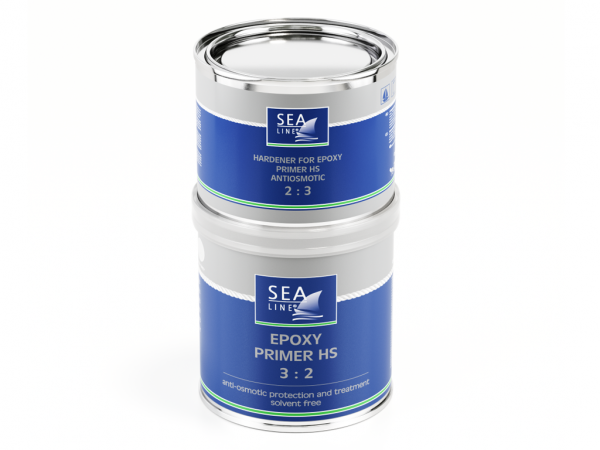
| Tipo de embarcación | Laminado, acero, aluminio |
| Lugar | Por encima por debajo de la linea de flotación |
| Función | escudo de llenado anti osmótica |
| Aplicación | pistola, brocha, rodillo |
| Diluición | brocha, rodillo – SÍ – 0-5% Disolvante para productos epoxi pistola – No recomendado |
| Rendimiento teorético 1l | 6-7 m2 para 150 μm WFT/ 150 μm DFT |
| Número de capas | 1 – 4 |
| Tiempo de trabajo 20°C | 45 min |
| Tiempo entre capas sin necesidad de lijar | Min 8h Max 3 days |
| Color | gris oscuro |
| Embalaje | código |
| 0,750l – 7,5l – | 5075 5149 |
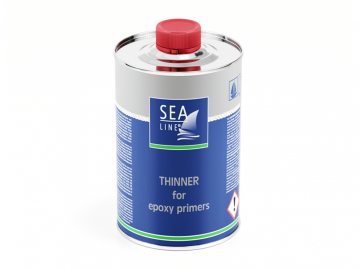
Disolvente los trabajos es muy importante utilizar el disolvante adecuado lo que proporciona los parámetros apropiados de la pintura – […]
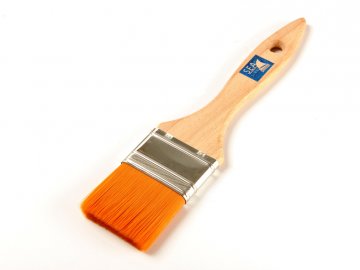
BROCHA SEA-LINE® PROFESIONAL BROCHA SEA-LINE® RODILLO TERCIOPELO SEA-LINE® BANDEJA PARA PINTURA SEA-LINE® MEZCLADOR DE PINTURA SEA-LINE® VASOS DE PLASTICO GRADUADOS SEA-LINE® COLADOR […]
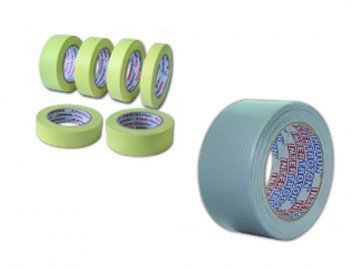
CINTA DE BARNIZAR CINTA DE BARNIZAR IMPERMEABLE MASTER CINTA UNIVERSAL – PLATA CINTA DE BARNIZAR La cinta de barnizar de […]
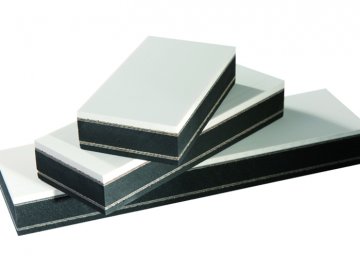
TACO DE PULIR (corcho natural) TACO DE ESPUMA PARA LIJAR TACO DE PULIR DE PLÁSTICO PELÍCULA PROTEKTORA PAPIERTUCHROLLE LOS TRAPITOS […]
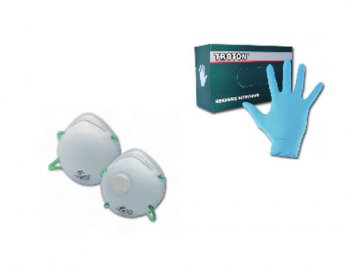
Mascara para polvo Guantes de nitrilo MASTER Guantes de nitrilo desechables Mono de trabajo desechable Mono de trabajo de poliéster […]
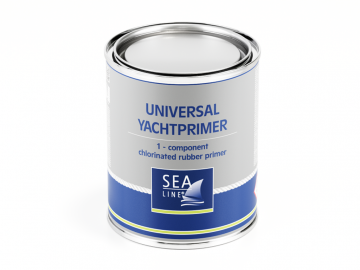
1-component chlorinated rubber primer Recommended above and under the water line It can be use on GRP, steel and wood […]

TACO DE PULIR (corcho natural) TACO DE ESPUMA PARA LIJAR TACO DE PULIR DE PLÁSTICO PELÍCULA PROTEKTORA PAPIERTUCHROLLE LOS TRAPITOS […]
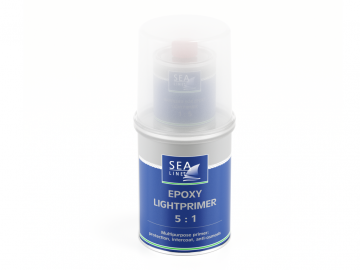
IMPRIMACIÓN EPOXI LIGHTPRIMER Sea-Line® 5 : 1 Imprimación Epoxi de 2 componentes, de alta alidad. Muy buena base para las […]
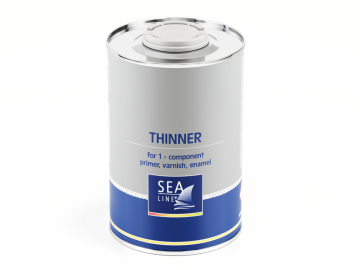
It is very important to use paint thinners, which provide the appropriate parameters of paint – flow, pot life, time […]
Yes, you can mix Sea-Line polyurethane paints. The only difference are the pigments of polyurethane paints that determine the color of the paint. But remember to keep the right proportions of base, hardener and thinner.

Para rellenar cavidades y hacer frente a las desigualdades causadas por daños o durante el curso de la producción

Barcos de superficie de impacto de las actividades de ósmosis y la corrosión destructiva en ambientes hostiles

Protección contra el agua y contra los efectos negativos de los rayos UV

Proteger la parte inferior de la embarcación antes de las incrustaciones de algas y conchas. Protección contra el agua

Eliminación efectiva de arañazos, color refrescante y gelcoat brillo o pintura

Preparaciones especializados para la limpieza y restauración efectiva

Laminación, encolado y relleno de fisuras en gelcoat

Una serie de productos útiles durante el constructor de barcos de trabajo